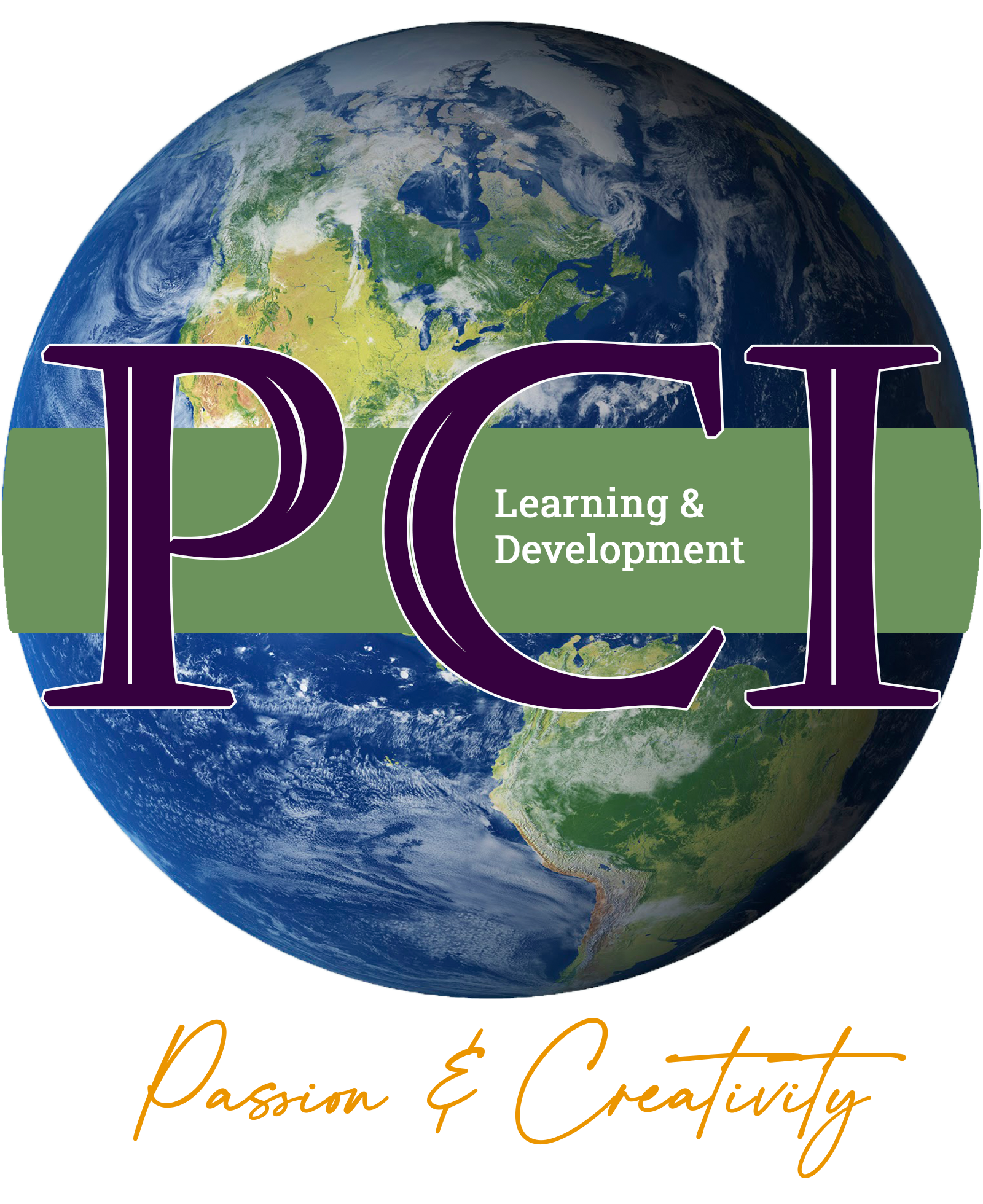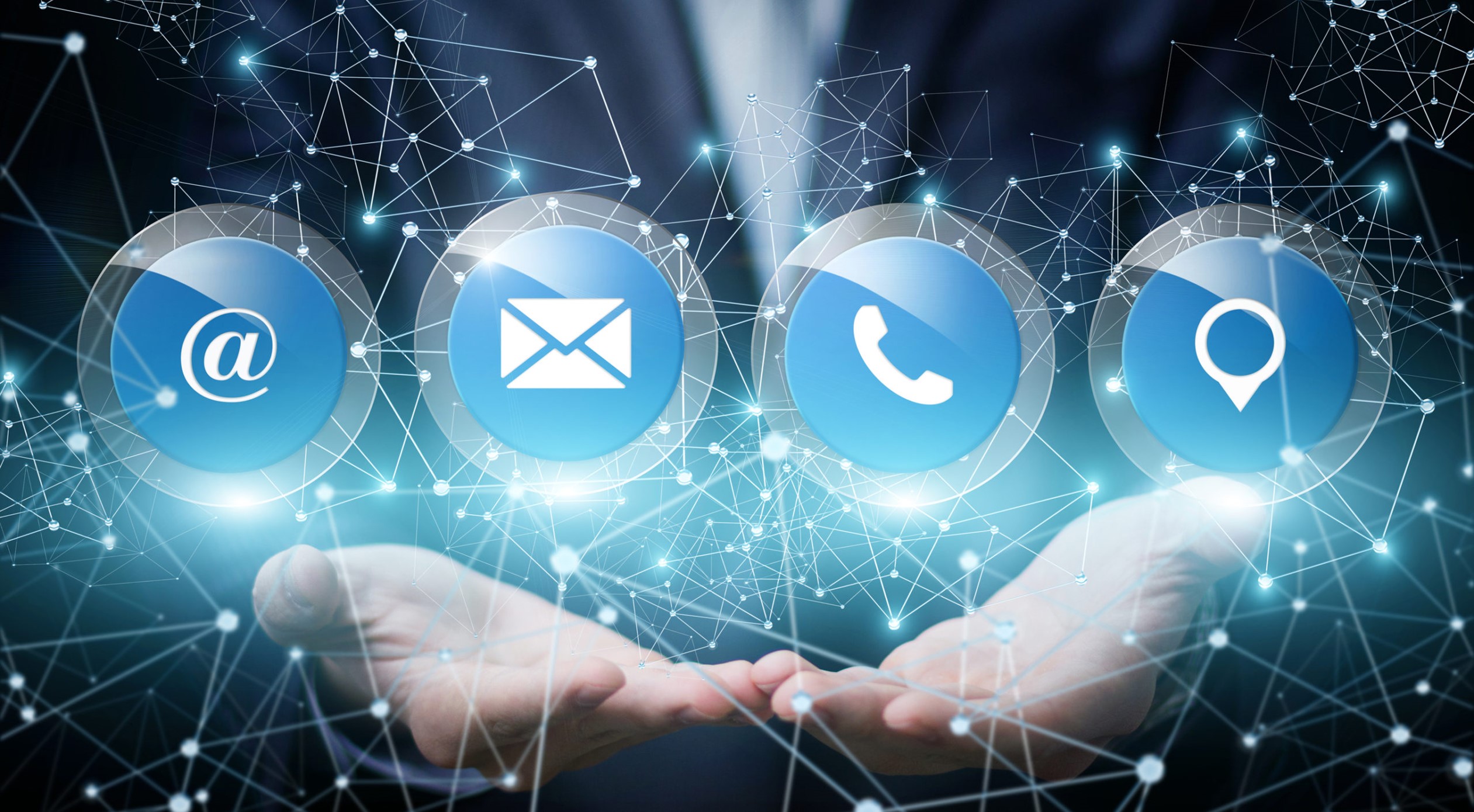Introduction:
In today’s highly competitive business landscape, delivering exceptional customer service and mastering effective communication are crucial components for achieving sustained success. Excellence in customer service and communication is not just about meeting customer expectations but exceeding them consistently. It involves creating positive experiences that foster loyalty, trust, and satisfaction, ensuring that customers feel valued and understood at every interaction.
Excellence in Customer Service & Communication is about adopting a customer-centric approach where every aspect of the customer journey is designed to provide superior service and clear, empathetic communication. This goes beyond basic courtesy; it encompasses proactive problem-solving, personalized attention, and the ability to connect with customers on an emotional level.
Key Elements of Excellent Customer Service:
- Understanding Customer Needs: The foundation of excellent customer service is a deep understanding of customer needs and expectations. This involves actively listening to customers, empathizing with their situations, and anticipating their requirements.
- Personalized Service: Tailoring interactions and solutions to individual customers enhances their experience. Personalized service shows that the company values each customer as unique and important.
- Timely and Efficient Support: Prompt responses and swift resolution of issues are critical. Efficient service minimizes customer frustration and demonstrates respect for their time.
- Professionalism and Courtesy: Maintaining a professional demeanor and treating customers with respect and courtesy are fundamental. This creates a positive impression and builds trust.
- Proactive Problem-Solving: Going the extra mile to solve problems before they escalate demonstrates commitment to customer satisfaction. Proactive service can turn potential issues into opportunities for strengthening relationships.
Key Elements of Effective Communication:
- Clarity and Conciseness: Clear and concise communication prevents misunderstandings and ensures that customers receive the information they need without confusion.
- Active Listening: Effective communication is a two-way street. Actively listening to customers shows that their input is valued and helps in accurately addressing their concerns.
- Empathy and Understanding: Demonstrating empathy involves understanding and acknowledging customer feelings and perspectives. This helps in building rapport and trust.
- Positive Language: Using positive language can significantly impact customer perceptions. It involves framing responses in a constructive and encouraging manner.
- Consistency Across Channels: Consistent communication across various channels—phone, email, social media, in-person—ensures a cohesive customer experience. Customers should receive the same level of service and clarity regardless of how they interact with the company.
Benefits of Excellence in Customer Service & Communication:
- Increased Customer Loyalty: Exceptional service and communication foster loyalty, encouraging customers to return and recommend the business to others.
- Enhanced Reputation: Consistently excellent service and communication build a positive reputation, attracting new customers and enhancing brand image.
- Higher Customer Satisfaction: Meeting and exceeding customer expectations leads to higher satisfaction levels, reducing churn and increasing lifetime value.
- Competitive Advantage: Superior customer service and communication set businesses apart from competitors, providing a distinct advantage in the market.
- Improved Employee Morale: A focus on excellent service and communication creates a positive work environment, boosting employee morale and productivity.
In conclusion, excellence in customer service and communication is vital for building strong, lasting relationships with customers. By prioritizing personalized, efficient, and empathetic interactions, businesses can create exceptional experiences that drive loyalty and satisfaction. In a world where customers have more choices than ever, excelling in these areas is not just beneficial—it is essential for long-term success.

